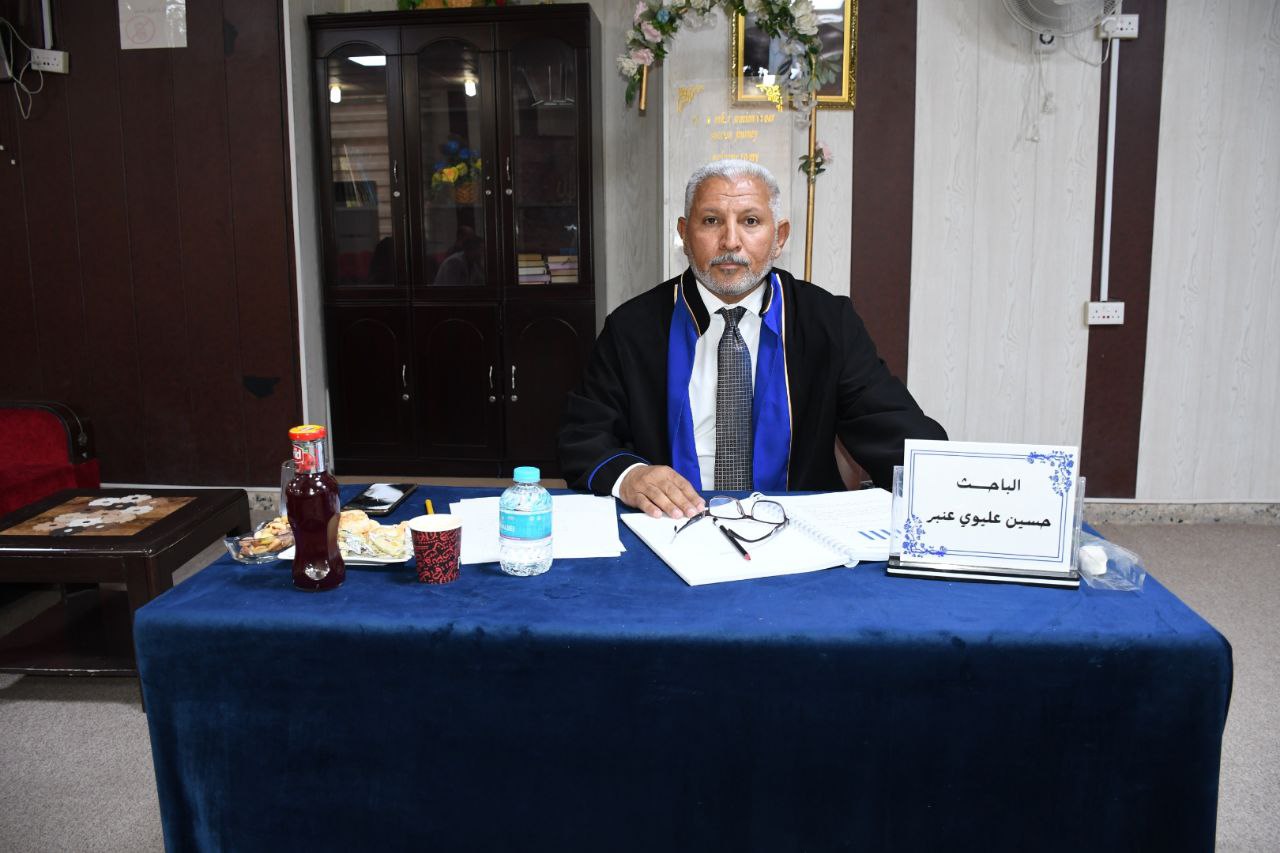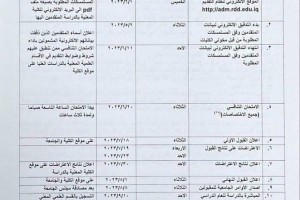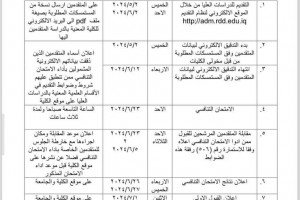
Discussed and presented at the College of Science at the University of Basra... (horizontal and vertical distribution of some heavy elements in the soils of Basra Governorate - southern Iraq). The thesis included the research proposal (Hussein Oleiwi Anber). The thesis is limited to...
Identifying and measuring the concentrations of some elements (nickel, lead, manganese, chromium, iron, zinc, and cadmium ).
By collecting soil samples from five locations distributed in Basra Governorate (Al-Qurna, Basra Center, Al-Jazeera, Al-Zubair, and Abu Al-Khaseeb), representing different soil uses (agricultural, car oil washing and change, river beachs, streets, and landfills), and applying pollution indicators such as the Geoaccumulation Factor, Enrichment Factor, and Contamination Factor to assess the degree of soil pollution with heavy elements.
The geological accumulation index classified the pollution in the soils of streets, landfills, washing and oil change sites at Basra Central Station as moderate to strong lead pollution at a depth of 0-10 cm. Moderate cadmium pollution was recorded in the beach soil at Al-Qurna Station, and moderate nickel pollution in the farm soil at Abu Al-Khaseeb Station in relation to the geological accumulation index at depths of 0-10 cm and 21-30 cm. Lead was the most polluting element in most stations and soil types, while iron was the least polluting element. The stations that recorded most heavy element pollution were Al-Zubair and Basra Central Stations. The most polluted depth was 21-30 cm, and the least polluted was 0-10 cm.
The thesis recommended the following:
. Ensuring vehicle fuel is lead-free.
. Recycling waste and not burning it randomly.
. Preventing the discharge of sewage into rivers and working to treat it.









